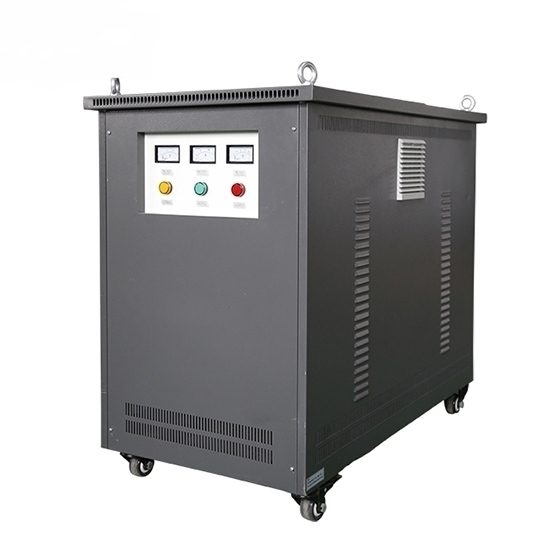
What are Safety Transformers and What are they for?
All electrical transformers have the property of transferring energy between their windings, without there being any electrical connection between the electrical transformers. The only exception is the particular case of auto-transformers. This transfer is achieved by electromagnetic induction, and it works both in electrical transformers that reduce the voltage and in electrical transformers that increase the voltage.
An electrical transformer allows isolation between the circuits connected to the primary winding and the circuits connected to its secondary winding. But when we speak of “Safety Transformer”, or “Isolation Transformer”, we mean electrical transformers with a one-to-one (1: 1) ratio between their primary winding and their secondary winding. This relationship means that both windings have the same amount of conductive wire, the same number of turns or turns. And having the same number of turns means that the secondary winding will deliver the same alternating current (AC) voltage that is applied to the primary winding, without an electrical connection between the primary winding and the secondary winding.
This characteristic of 1 to 1 ratio electrical transformers is very useful as a safety measure. When we need to transmit energy to an electrical or electronic device, from the electrical network, but without direct connection to the network, we protect the physical integrity of the operators who must be in contact with the device’s circuits. For this reason, we alternatively refer to “Isolating transformer” or also “Safety transformer”.
Advantages of having an isolation transformer
- Isolation transformers are essential for protection against electrical currents.
- At the same time, the safety transformers ensure the availability of the electricity supply.
- The current loss in isolation transformers is lower than in other types of electrical transformers.
- Safety transformers are designed and manufactured with multiple layers of reinforced insulation, to offer even greater safety.
What is the safety electrical transformer for?
The difference in electrical power between the electrical network of a private home, either 120 VAC or 220 VACS (alternating current power), and ground can reach 100% of the voltage of the power line. The human body, being composed the most of water (around 60%) and therefore becomes a good conductor of electricity. Due to this circumstance, when a person comes into contact with the electrical network, or contacts any electrical circuit directly connected to the network, the difference in potential or voltage that exists between the electrical line and the ground will generate an electrical current that will circulate through of the person’s body, and the result can lead to a fatal outcome.
To avoid the danger of suffering an electric shock when we need to manipulate an electronic section connected to the electrical network, we use a safety transformer. By placing the isolating transformer between the electrical network and the section or electrical circuit that we are manipulating, the device will receive the same voltage that it needs for its correct operation, but at the same time, it will also be isolated and protected from the difference in power that exists between the electrical distribution line and ground.
By using an isolating transformer as a safety measure, we will also protect the circuits of the device with which we are in contact, and the tools powered by the electrical network that we may need for our work and come into contact with the device. Normally all these tools or instruments have a ground connection through a power outlet, and if we connect their power cable directly to the electrical network, we will generate a short circuit that will almost certainly cause serious or very serious damage to components and circuits. electronic devices that we are manipulating.
A safety transformer only protects against the difference in power that exists between the electrical distribution network and the ground, if the person comes into contact with one of the poles of the power line, or another component also connected directly to the power supply. net. But if any part of the person’s body is in simultaneous contact with both poles of the power line, even if it comes from a safety transformer or isolator, it will suffer the consequences of the power of 120 or 220 VAC.
System Protection, One of the best Transformer Testing Services providers in India.
July 30, 2021


















